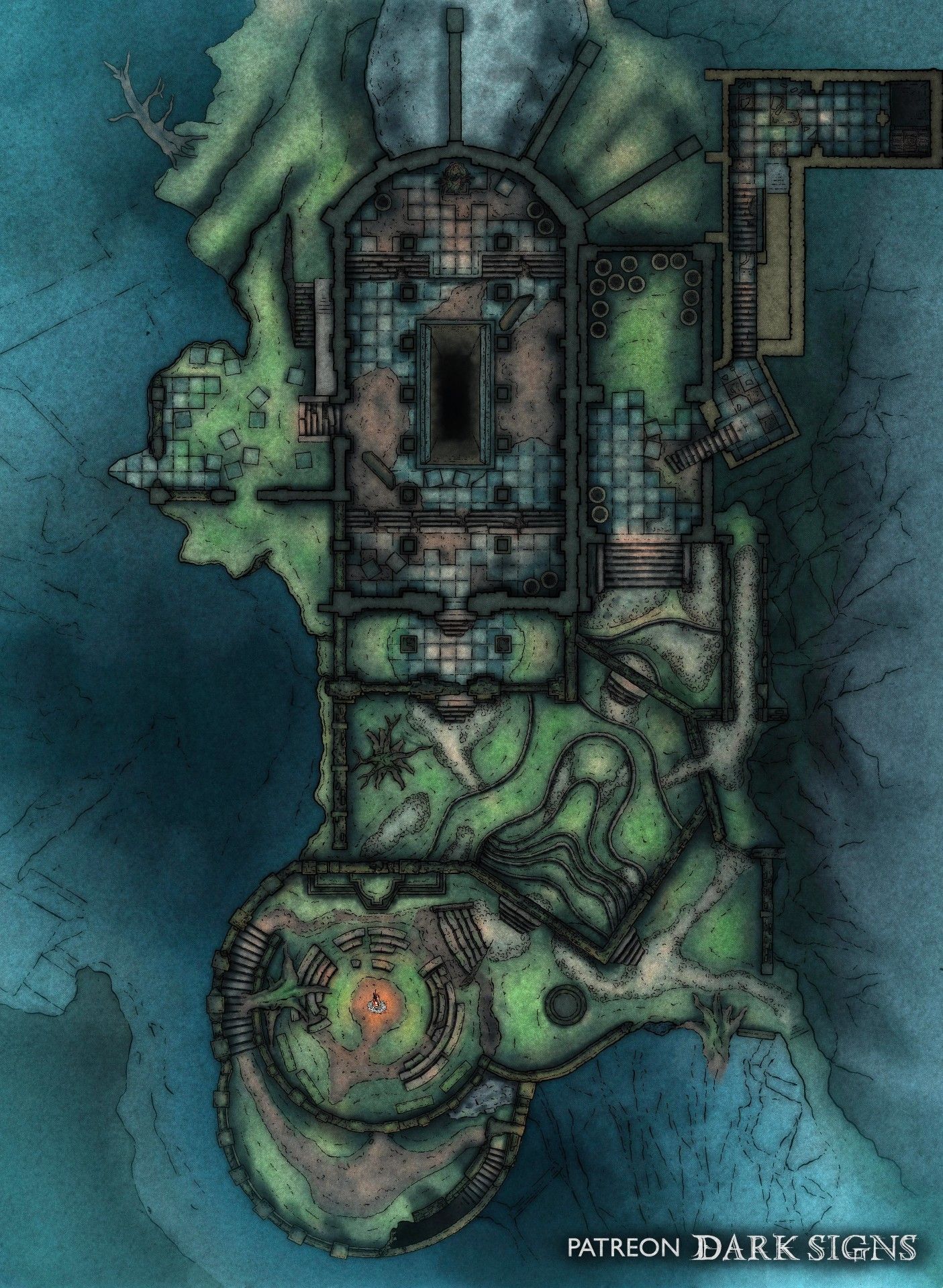

Show the tooltip for the ribbon element currently in focus. Move between command groupings on the ribbon. Move the focus to commands on the ribbon.

To move to a different tab, use access keys or the arrow keys. Select the active tab on the ribbon and activate the access keys.Īlt or F10. Top of page Work in the ribbon with the keyboard You can also set the zoom magnification and manage multiple document windows. Open the View tab to choose a document view or mode, such as Read Mode or Outline view. Open the Review tab to use Spell Check, set proofing languages, and to track and review changes to your document. Open the Mailings tab to manage Mail Merge tasks and to work with envelopes and labels. Open the References tab to add a table of contents, footnotes, or a table of citations. Open the Layout tab to work with page margins, page orientation, indentation, and spacing. Open the Design tab to use themes, colors, and effects, such as page borders. Open the Insert tab to insert tables, pictures and shapes, headers, or text boxes. Open the Home tab to use common formatting commands, paragraph styles, and the Find tool. Open the File page to use Backstage view. Move to the Tell Me or Search field on the Ribbon to search for assistance or Help content. Additional tabs might appear depending on your selection in the document. To go directly to a tab on the ribbon, press one of the following access keys. If you don't know the sequence, press Esc and use Key Tips instead. If you know the entire key sequence, go ahead and use it. A notification pops up saying you're using an access key from an earlier version of Microsoft Office. For example, press Alt, and then press one of the old menu keys E (Edit), V (View), I (Insert), and so on.
#Another word for jumping into full#
However, you need to know the full shortcut. In Office 2013 and Office 2010, most of the old Alt key menu shortcuts still work, too. Both offer a largely similar experience, but some options and search results can vary. Press Alt again to see Key Tips for the options for the selected tab.ĭepending on the version of Office you are using, the Search text field at the top of the app window might be called Tell Me instead.

For example, press Alt+H to open the Home tab, and Alt+Q to move to the Tell Me or Search field.

You can combine the Key Tips letters with the Alt key to make shortcuts called Access Keys for the ribbon options. Note: Add-ins and other programs can add new tabs to the ribbon and might provide access keys for those tabs. Press the Alt key to display the ribbon shortcuts, called Key Tips, as letters in small images next to the tabs and options as shown in the image below. For example, on the Home tab, the Font group includes the Font Color option. The ribbon groups related options on tabs. Use the arrow keys to select Close, and then press Enter. Press F6 until the task pane is selected. This table shows the most frequently used shortcuts in Microsoft Word.Ĭut the selected content to the Clipboard.Ĭopy the selected content to the Clipboard.Īlt+W, Q, then use the Tab key in the Zoom dialog box to go to the value you want. Work with references, citations, and indexing
#Another word for jumping into windows#
Get these keyboard shortcuts in a Word document at this link: Word 2016 for Windows keyboard shortcuts. For more information about the features available in Word Starter, see Word Starter feature support. If you are using Microsoft Word Starter, be aware that not all the features listed for Word are supported in Word Starter. If an action that you use often does not have a shortcut key, you can record a macro to create one. Press Ctrl+F, and then type your search words. In the Link Text field, write whatever you would like the menu item to say.To quickly find a shortcut in this article, you can use Search. In the URL field, write your anchor with a # symbol in front of it. In your menu settings, add a new item using the custom link option. The first step is to add your anchor to a Heading block using the same method as described in steps 1 – 5 under the Create an Anchor step above. Page jumps make it easier for visitors to view the section of the homepage they want. This is common for sites that have just one long scrolling homepage. You can create a page jump from an item in your navigation menu that jumps to a specific spot on your homepage. ↑ Table of Contents ↑ Page Jumps in a Navigation Menu To create a jump link back to the top of the page, you would switch the places where the HTML anchor and link text appear.įor example, at the top of your page you would add a heading with an HTML Anchor, and then lower down on your page, you would create a paragraph or button that is linked to the HTML anchor at the top of the page.


 0 kommentar(er)
0 kommentar(er)
